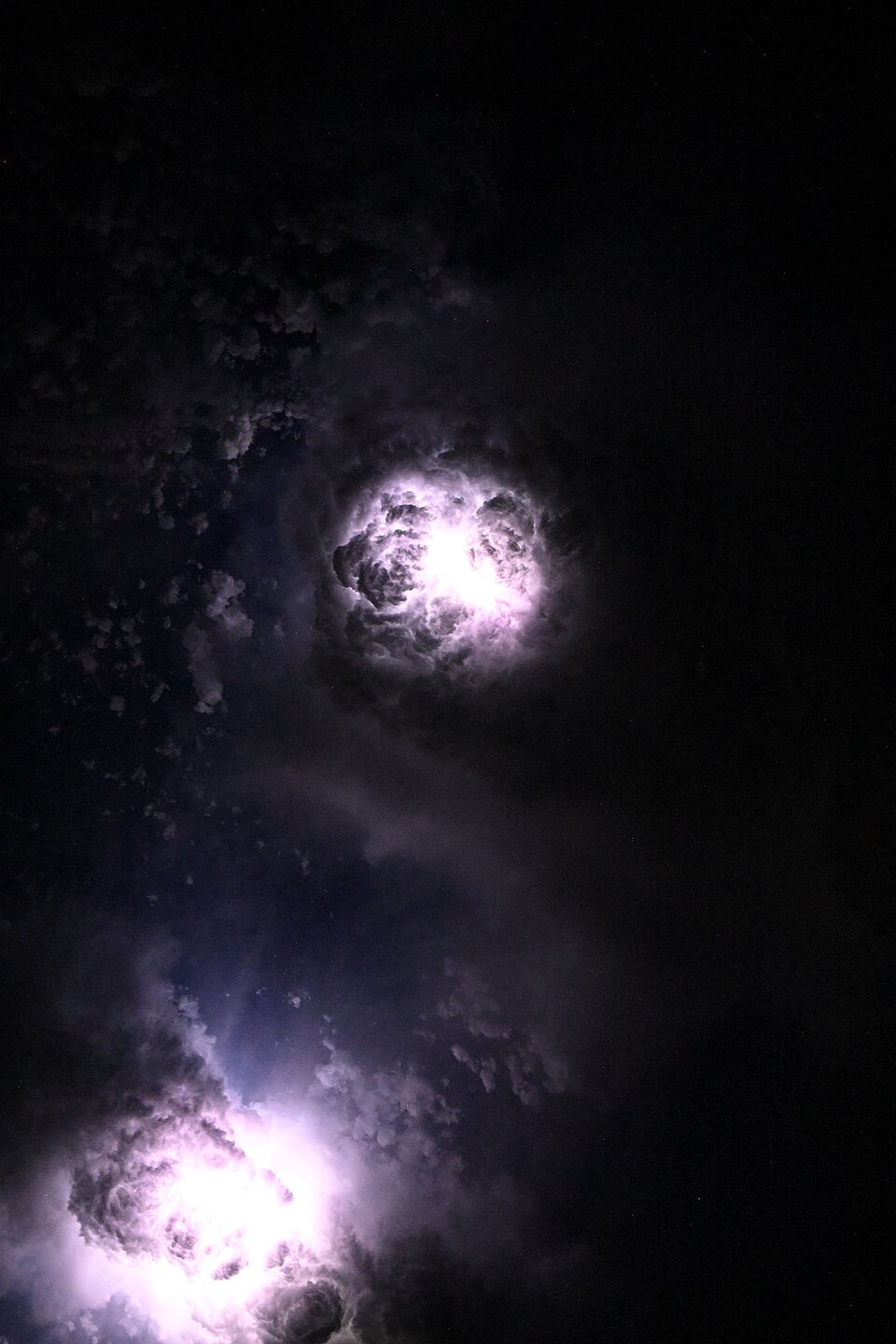Breakthrough Discovery Unveils Mechanism Behind Lightning Formation

In a significant advancement in atmospheric science, researchers from Pennsylvania State University have revealed the intricate processes that lead to the formation of lightning within storm clouds. According to a study published on July 29, 2025, in the Journal of Geophysical Research, this groundbreaking discovery elucidates how electrical energy transforms into the powerful bolts of lightning that can reach temperatures five times that of the sun's surface.
The research team, led by Victor Pasko, a Professor of Electrical Engineering, and Zaid Pervez, a doctoral student at Penn State, employed mathematical modeling to simulate the conditions under which lightning strikes initiate. Their findings provide the first precise and quantitative explanation of the mechanisms behind lightning, establishing connections between X-ray emissions and electron avalanches triggered by strong electric fields in storm clouds.
"Our findings provide the first precise, quantitative explanation for how lightning initiates in nature," said Pasko. This statement underscores the long-standing mystery that has puzzled scientists since Benjamin Franklin's initial observations on lightning and electricity in 1752. The new research indicates that the process resembles a complex chain reaction akin to an invisible pinball machine, where accelerated electrons collide with atmospheric molecules, generating electromagnetic radiation and further increasing electron populations.
As electrons rise and protons descend within the clouds, a positive charge accumulates on the ground. When this charge connects with an approaching negative charge, a lightning strike occurs, resulting in the spectacular display of electrical energy we observe.
The study not only clarifies the traditional understanding of lightning formation but also introduces the concept of "dark lightning," a phenomenon characterized by X-ray bursts produced without visible light. According to Pasko, "The high-energy X-rays produced by relativistic electron avalanches generate new seed electrons driven by the photoelectric effect in air, rapidly amplifying these avalanches."
This research is particularly significant as it enhances our understanding of atmospheric dynamics and the phenomena associated with thunderstorm activity. The development of precise models of lightning initiation may have broader implications for meteorology and could improve predictive capabilities regarding severe weather events, potentially aiding in the mitigation of dangers associated with lightning strikes.
Experts in the field have hailed the study as a pivotal step forward. Dr. Emily Thompson, a researcher with expertise in atmospheric sciences at the Massachusetts Institute of Technology, noted, "This research not only advances our understanding of lightning but also opens new avenues for exploration into the interactions between electrical phenomena and climate change."
The implications of this research extend beyond academic interest. Understanding lightning formation can inform safety protocols during thunderstorms and improve technologies such as lightning detection systems. Furthermore, insights gained from studying such high-energy atmospheric processes may contribute to advancements in energy generation and transmission technologies.
As scientists continue to investigate the complexities of our atmosphere, this study serves as a reminder of the dynamic forces at play and the importance of interdisciplinary approaches in unraveling the mysteries of nature. Moving forward, researchers are encouraged to explore the connections between atmospheric phenomena and other scientific fields, including environmental science and physics, to deepen our understanding of Earth's systems.
In conclusion, the elucidation of the lightning formation process marks a pivotal moment in atmospheric research. As the scientific community reflects on these findings, further studies are likely to build upon this foundation, potentially leading to innovative applications and enhanced safety measures in the face of extreme weather events.
Advertisement
Tags
Advertisement





